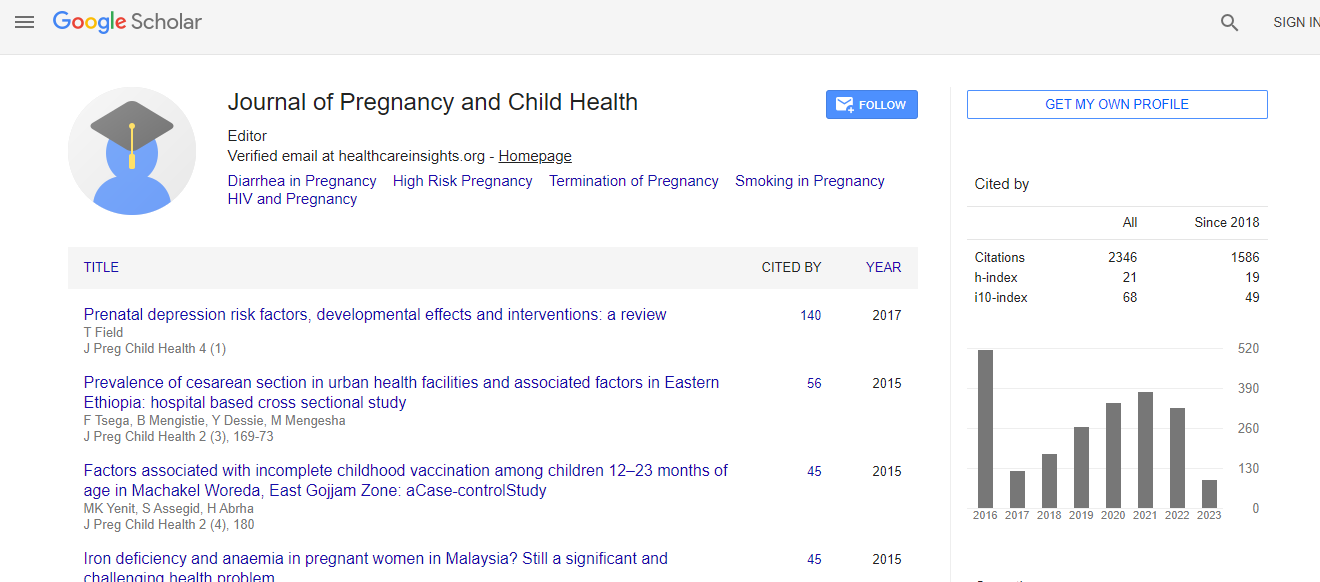Research Article
Labor Induction in Primiparous Women and Women with an Unripe Cervix
Anna Thorbiörnson1, Tomislav Vladic2 and Ylva Vladic Stjernholm2*
1Educational Programme in Gynecology and Obstetrics, Sweden
2Department of Women´s and Children´s Health, Karolinska Institute and Karolinska University Hospital, Stockholm, Sweden
- Corresponding Author:
- Ylva Vladic Stjernholm
Department of Women’s and Children’s Health
Karolinska University Hospital Solna, SE-171 76 Stockholm, Sweden
Tel: 0046-08-51770999
E-mail: ylva.vladic-stjernholm@karolinska.se
Received February 29, 2016; Accepted March 14, 2016; Published March 21, 2016
Citation: Thorbiörnson A, Vladic T, Stjernholm YV (2016) Labor Induction in Primiparous Women and Women with an Unripe Cervix. J Preg Child Health 3:230. doi:10.4172/2376-127X.1000230
Copyright: © 2016 Thorbiörnson A, et al. This is an open-access article distributed under the terms of the Creative Commons Attribution License, which permits unrestricted use, distribution, and reproduction in any medium, provided the original author and source are credited.
Abstract
Objective: To compare the efficacy and safety with oral prostaglandin in solution versus vaginal prostaglandin gel for labour induction. Design: A retrospective observational study. Methods: Data from obstetric records in a university hospital in Sweden 2012-2013. Results: In all women, oral prostaglandin resulted in vaginal birth <24 in 66% compared to 80% with vaginal treatment (p < 0.001), and caesarean section in 19% versus 32% (p = 0.02). In primiparous women, oral prostaglandin lead to vaginal birth <24 hours in 54% compared to 71% (p = 0.01), and caesarean section in 25% versus 41% (p = 0.03). In women with an unripe cervix, oral prostaglandin lead to vaginal birth < 24 hours in 66% compared to 79% (p = 0.01), and caesarean section in 21% versus 33% (p = 0.04). Despite a longer induction to vaginal delivery interval with oral prostaglandin, the rates of obstetric bleeding, chorioamnionitis, uterine hyperstimulation and neonatal asphyxia were not increased. Conclusions: Oral prostaglandin was less effective than vaginal prostaglandin in achieving vaginal birth < 24 hours. However, oral prostaglandin was safer, since it resulted in fewer caesarean sections in all women, primiparous women and women with an unripe cervix.

 Spanish
Spanish  Chinese
Chinese  Russian
Russian  German
German  French
French  Japanese
Japanese  Portuguese
Portuguese  Hindi
Hindi 
